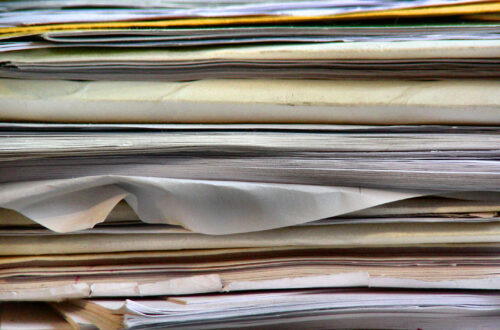Efficient Feedback
Struggling to learn something? Trying something complex or hard? There is nothing like feedback to help you learn well. For many of us teaching in higher education, however, providing feedback is an aspiration. We know it is important, but we struggle to provide it early or sometimes at all, particularly in large classes. Even when we have specifically designed an activity where students have an experience in an authentic context, we struggle to give timely feedback that students can use to improve their learning.
Most of our feedback comes at the end when learning is done (e.g., final paper). It’s laborious, and we question if students are even using it. Is that feedback helping learning in the way we want it to? Is there something more efficient?
Direct your feedback energies towards what matters most:
- The most effective feedback is designed to be used by students as they learn. Provide feedback about how to grow and improve.
- Students pay less attention to feedback when they know they can’t apply it to the current or next task in the course. Spend your time giving feedback early in the learning and assessment process.
- Feedback needs to be actionable and designed to be heard. Phrase feedback to support learning.
Give efficient whole class feedback through formative assessment
The most efficient feedback is formative assessment during the learning that helps a student to know if they are confused and how to correct their errors. Common types of formative assessment include non-graded quizzes in Canvas that autocorrect and provide feedback, non-graded questions in tools like Poll Everywhere, and questions asked to the whole class where students work with a partner and then compare themselves to correct responses. These are all good feedback. They allow students to see if they understand and are low-stakes feedback activities because they are not graded.
Helping students give themselves feedback
Students can give themselves feedback about how well they are doing if they clearly understand what success looks like.
- Share or co-construct assessment criteria before students start work on assessments.
- Discuss the criteria overtly and compare them to models and samples until you are confident students know what “good” looks like, and how to achieve it.
- Ask the student to try one of the steps or parts of the learning, and compare their work to the rubric that will be used to grade the same learning later.
- Ask the student to reflect on their learning and how they could improve.
Increasing learning through peer feedback
Peer feedback can be good or bad. If you don’t clarify what good looks like or what is most important to comment on, only half of the peer feedback provided will be correct and/or useful.
- Start by ensuring everyone understands what good learning looks like (see strategies in the previous category).
- Give small tasks to partners. One person tries the task, and the other person observes and gives feedback. This feedback will be better if students have a checklist, example, or rubric to guide it.
- Have students share small parts of their major assessments early (like the first two paragraphs of an essay) to get feedback before they are committed to a problematic approach and are repeating errors in the full version of the assessment.
Self, peer and whole class feedback are all much more efficient ways to give early feedback than taking something in from the whole class and reviewing/grading it. They have the added advantage of ensuring students understand the learning better, as they need to understand the task and criteria well to be able to self or peer assess.
Need some technical tools?
- See all the details for how to set up and use Poll Everywhere, including in Canvas, in the Poll Everywhere teaching guide in the Learning Technology Ecosystem. You can also see more examples of how to use it for feedback.
- Learn how to use Canvas efficiently for grading.


